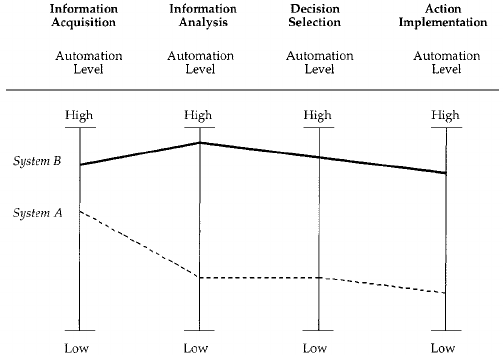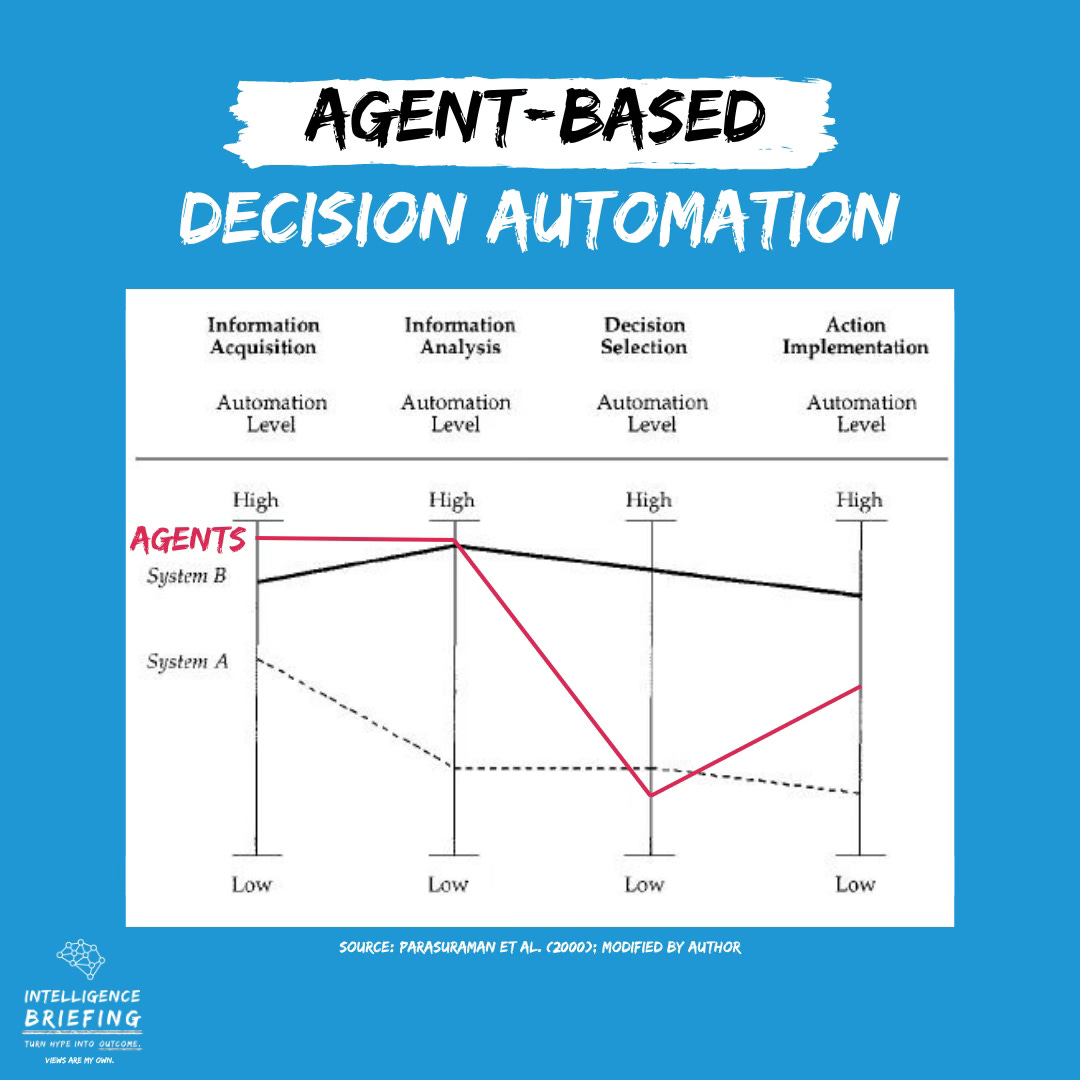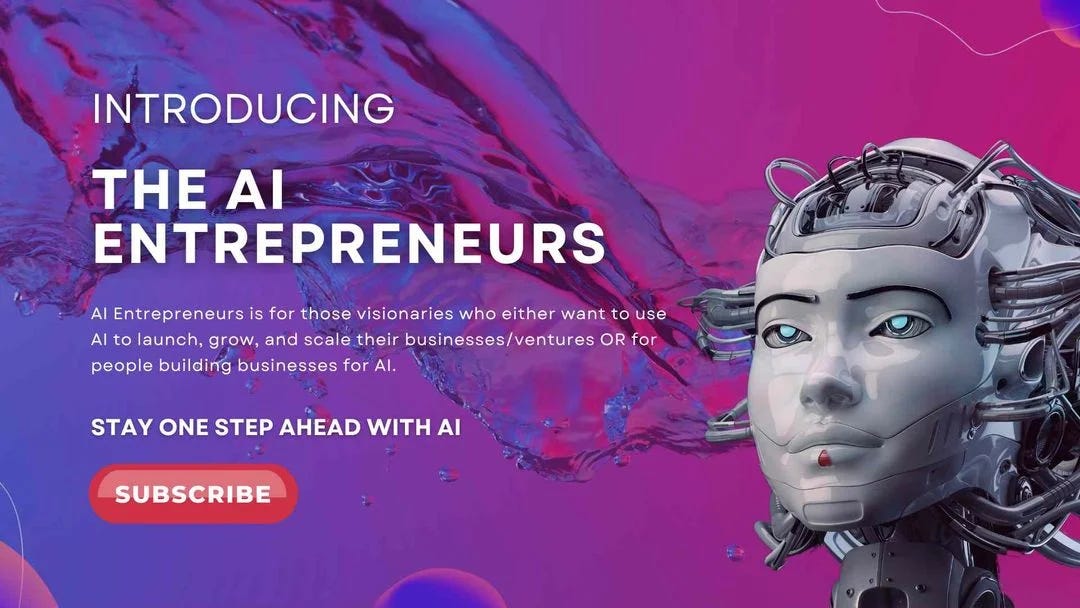AI Agents: Changing How We Work And Decide
How A 24-Year Old Framework Guides The Automation Of Decision-Making
It has not even been two years since the Generative AI hype started, and the next hype is already forming: AI agents. Agents promise to automate tasks or even entire processes on a user’s behalf while dealing with increased complexity and less well-defined goals—from gathering information to summarizing and responding to it. In business, that means big business, given the volume of information that is created every single day.
Although leaders feel the pressure to innovate, most organizations have been adopting AI-driven business applications rather slowly, and AI literacy among employees is equally low to moderate. The implications of increased automation in the decision-making process will catch them ill-prepared. So what exactly changes when you introduce AI agents to your business process?
Understanding the Status Quo in AI-Driven Automation
Automating Decision-Making: Seminal Research
In their seminal paper, “A model for types and levels of human interaction with automation,”1 Parasuraman et al. (2000) describe four stages of the decision-making process: information acquisition, information analysis, decision selection, and action implementation. Increasing levels of automation support each stage.
Since then, the specific way tasks are automated has evolved with each new technology. However, the research underlying these stages also applies to agents.
Let’s take invoice processing as an example in Finance. Agents read information from an invoice (acquire information), provide information about key invoice data such as the date, amount, and materials (analyze information), evaluate and propose options on how to respond to a dispute (select decisions) and send the proposed reply to the customer (implement actions).
Following the Human-in-the-Loop Approach to Increase Reliability
Most software-driven automation to date has focused on solving narrowly defined business problems. For example along the invoice process:
download an invoice,
extract information from it,
enter the information in your finance system,
send it for approval, and
auto-approve, if the amount is below a defined threshold.
There’s always a human in the loop to review and approve—and you need to define what the automation should do. On this spectrum from information acquisition to action implementation, agents will support individual tasks or even the complete spectrum. That means humans will review and rely on information that AI has gathered, synthesized, deemed to be relevant, or even proposed to take an action on (and which one).
Knowing the limitations of Generative AI-based systems, such as biased output or factual inaccuracies, your organization will rely on information that might be incomplete or inaccurate at any point in a business process.
Increasing Decision Automation at Work with AI Agents
At a minimum, two dimensions will change: the who and the what. These changes have implications for the types of tasks that organizations will delegate to AI agents. The adoption will happen in phases, starting with the lowest-risk task (information acquisition) before gradually moving to more advanced decision-making phases.
AI systems are traditionally opaque in how they have arrived at a prediction (aka black boxes). Even the Large Language Models (LLMs) that this new generation of agents leverages have similar limitations. That is why agents make it even more important to understand and communicate how an agent has arrived at a conclusion.
Information Acquisition: Provide transparency to your users about the steps that the agent is about to take (if the user agrees to move forward).
Information Analysis: Present decision alternatives and explanations on how to move forward and why a proposed decision appears to be best suited.
Decision Selection: Share information about the anticipated implications of an automated decision, given known guardrails (similar to “do no harm”).
Action Implementation: Ask the user before taking a final action. Especially because LLMs are non-deterministic components (if the same instruction is processed multiple times, the LLM-generated output changes even if the input remains static), keeping humans in the loop reduces the margin of error—at least at this point of technology maturity.
Preparing Your Teams For AI Agents
Being aware that AI agents will eventually come to your industry and workplace is the first step in adequately preparing your company as a leader. The following 8 steps provide an initial example of decisions that you need to take and communicate to your teams to raise AI literacy:
Training
Provide examples of what AI agents can do in a business
Increase transparency into AI-driven decision-making and how the agent acquires information (sources) and proposes recommendations (traceability)
Decision Making
Categorize business decisions into low- vs. high-risk (and who can run them)
Decide where a human in the loop is critical or needs to execute the entire task
Make it clear that the human is the final decision-maker
Knowledge Sharing and Improvement
Incorporate a feedback loop to improve agents based on user input
With increased maturity and user trust, review where additional tasks could be delegated to agents
Share information with peers looking to implement the same
Summary
AI agents are the next technology promised to increase automation of business processes, tackling problems of higher complexity and uncertainty. However, it is also exactly this uncertainty that makes them more challenging to navigate and introduce in a business. From acquiring information to implementing actions, agents can end-users on a spectrum of capabilities.
For example, you need to educate your teams on a range of foundational changes when decisions are transferred to agents. How do they know what the agent is about to do next, and why? What are the decision alternatives and why should you move forward with a given proposal? And lastly, over time, where are additional opportunities to increase the level of automation with the help of AI agents?
What concerns you the most about increasing levels of decision automation?
Explore related articles
Become an AI Leader
Join my bi-weekly live stream and podcast for leaders and hands-on practitioners. Each episode features a different guest who shares their AI journey and actionable insights. Learn from your peers how you can lead artificial intelligence, generative AI & automation in business with confidence.
Join us live
July 11 - Jonas Christensen, Senior Data & Analytics Leader, will present how small datasets can deliver a big impact. (Note: We’ll go live at noon CET / 8pm AEST to accommodate time zones. 🇦🇺)
July 16 - Marc Beccue, Independent Market Analyst, will be on the show and cut through the hype of Generative AI.
July 23 - Pedro Berrocoso, Digital Procurement & Automation Advisor, will share how AI in procurement can drive measurable business impact.
July 30 - Marek Kowalkiewicz, Professor & Author, will discuss the economics of algorithms that influence our lives and how your AI products fit in.
August 12 - Lasse Rindom, AI Lead at BASICO, will share how you can leverage the AI hype and disillusionment to drive business impact.
Watch the latest episodes or listen to the podcast
Newsletter swap
🎓 Get an MBA in AI without student loans!
We're recommending "The AI Entrepreneurs" newsletter because it's like a degree in AI, minus the student debt.
Here's why you'll love it:
🚀 Jetpack to success with 58,000 AI-loving empire builders.
🧠 Connect with like-minded enthusiasts, and maybe even find your next co-founder with our private community.
📰 Featured on over 400 sites like Market Watch, Fox, and Benzinga – they're not just a newsletter; they're a movement.
💼 Build your AI-driven business without spending a dime.
Subscribe today for the clever price of FREE, and experience empire-building made easy, one email at a time. 🏰🤖 🎉
🎉Plus, Get 100 ChatGPT FREE prompts instantly, a FREE AI writer to go viral on social media, Our FREE "Building A Minimum Viable Business In Record Time" Course and our FREE "4 Hour AI Workweek" Course!🎉
Follow me on LinkedIn for daily posts about how you can lead AI in business with confidence. Activate notifications (🔔) and never miss an update.
Together, let’s turn HYPE into OUTCOME. 👍🏻
—Andreas
Parasuraman et al. (2000). “A model for types and levels of human interaction with automation” in IEEE Transactions on Systems, Man, and Cybernetics - Part A: Systems and Humans, vol. 30, no. 3, pp. 286-297. https://ieeexplore.ieee.org/document/844354













Really helpful and an interesting framework
This is a great preparation for the potential transformative effect of AI agents.
However, I would also really caution about this because this is actually quite a high-level compared to most peoples knowledge.
Most people really don’t have a clue about the basics of what kind of a technology AI is it’s very easy when you do understand it to forget that actually most people don’t even understand the basics of what it is or even how it works that are crucial for basic AI literacy.
For example, simple things like understanding AI models train on data and so if the data is not good then the AI learned from that devices hallucinations et cetera.
I think it’s important to keep explaining the basics to people because without that people are really not going to fully appreciate both the pros and the cons, the potential and limitations of things like AI agents.
It’s a bit like talking quantum physics and expecting the general public to understand what you mean without having explained some of the basic fundamentals first that are severely lacking in most of the population.